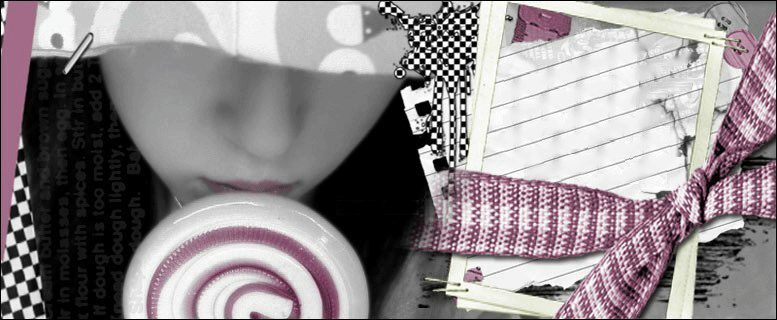The premolar teeth are transitional teeth located between the canine and molar teeth. There are two premolars per quadrant that are identified as first and second premolars. They have at least two cusps. There is always one large buccal cusp, especially so in the mandibular first premolar. The lower second premolar may, at times, present with two lingual cusps.
Premolar teeth by definition are permanent teeth distal to the canines preceded by deciduous molars. In primitive mammals there are four premolars per quadrant. The most mesial two have been lost in New World monkeys, apes and humans. Paleontologists refer to human premolars as Pm3 and Pm4.
Maxillary First Premolar Facial: The buccal surface is quite rounded, and this tooth resembles the maxillary canine. The buccal cusp is long; from that cusp tip, the prominent buccal ridge descends to the cervical line of the tooth.
Lingual: The lingual cusp is smaller and the tip of that cusp is shifted toward the mesial. The lingual surface is rounded in all aspects.
Proximal: The mesial aspect of this tooth has a distinctive concavity in the cervical third that extends onto the root. It is variously called mesial developmental depression, mesial concavity or the 'canine fossa,' a misleading description since it is on the premolar. The distal aspect of the maxillary first permanent molar also has a developmental depression. The mesial marginal developmental groove is a distinctive feature of this tooth.
Occlusal: There are two well-defined cusps: buccal and lingual. The larger cusp is the buccal; its cusp tip is located midway mesiodistally. The lingual cusp tip is shifted mesially. The occlusal outline presents a hexagonal appearance. On the mesial marginal ridge is a distinctive feature: the mesial marginal developmental groove.
Contact Points and Height of Curvature: The distal contact area is located more buccal than the mesial contact area.
Right and Left: The two distinctive traits that help are distinguishing right and left. The mesial developmental depression and the mesially displaced lingual cups tips are consistent clues for determining right and left. When well-defined, the mesial marginal ridge is also a clue to right and left.
Root: About 80 percent of upper premolars have two roots; the next most common variant is a single root.
Variation: Most upper first premolars of people in our society have two roots. However, a single root is found in about 20 percent of teeth. Three-rooted premolars are found occasionally.
Maxillary Second Premolar Facial: This tooth closely resembles the maxillary first premolar, but is a less defined copy of its companion to the mesial. The buccal cusp is shorter, less pointed and more rounded than the first.
Lingual: Again, this tooth resembles the first. The lingual cusp, however, is more nearly as large as the buccal cusp.
Proximal: Mesial and distal surfaces are rounded. The mesial developmental depression and mesial marginal ridge are not present on the second premolar.
Occlusal: The crown outline is rounded, ovoid and less clearly defined than the first.
Contact Points and Height of Curvature: When viewed from the facial, the distal contact area is located more cervically than the mesial contact area.
Right and Left: The one consistent clue to right and left is the lingual cusp tip, which is shifted mesially.
Root: The maxillary second premolar has a single root.
Variation: The occlusal anatomy is more variable in the second than in the first. There is wide variability in root size, curvature and form.
Mandibular First Premolar Facial: The outline is very nearly symmetrical bilaterally, displaying a large, pointed buccal cusp. From it descends a large, well-developed buccal ridge.
Lingual: This tooth has the smallest and most ill-defined lingual cusp of any of the premolars. A distinctive feature is the mesiolingual developmental groove. Remember the mesial marginal developmental groove in the upper first premolar? That one is mesial. The one on the lower is toward the lingual.
Proximal: The large buccal cusp tip is centered over the root tip, about at the long axis of this tooth. The very large buccal cusp and much reduced lingual cusp are very evident. You should keep in mind that the mesial marginal ridge is more cervical than the distal contact ridge. Each anticipate the shape of their respective adjacent teeth.
Occlusal: The occlusal outline is diamond-shaped (review of premolar occlusal outlines: the upper first is hexagonal; the upper second is ovoid; the lower first is diamond; and the lower second is square). The large buccal cusp dominates the occlusal surface. Marginal ridges are well-developed, and the mesiolingual developmental groove is consistently present. There are mesial and distal fossae with pits, affectionately known as 'snake eyes' when they are restored.
Contact Points and Height of Curvature: When viewed from the facial, each contact area and height of curvature is at about the same height.
Right and Left: The larger distal occlusal fossa and mesial lingual marginal developmental groove are consistent clues to right and left. The distal surface has a longer radius of curvature than the mesial surface.
Root: There is a single root. Grooved or bifurcated roots sometimes do occur.
Variation: This is a variable tooth in both the crown and root. It may, in some people, more nearly resemble the lower second premolar.
Mandibular Second Premolar Facial: From this aspect, the tooth somewhat resembles the first, but the buccal cusp is less pronounced. The tooth is larger than the first.
Lingual: Two significant variations are seen in this view. The most common is the three-cusp form, which has two lingual cusps. The mesial of those is the larger of the two. The other form is the two-cusp form with a single lingual cusp. In that variant, the lingual cusp tip is shifted to the mesial.
Proximal: The buccal cusp is shorter than the first. The lingual cusp (or cusps) are much better developed than the first, and give the lingual a full, well-developed profile.
Occlusal: The two or three-cusp versions become clearly evident. In the three-cusp version, the developmental grooves present a distinctive 'Y' shape and have a central pit. In the two cusp version, a single developmental groove crosses the transverse ridge from mesial to distal (review: the lower second premolar is larger than the first, while the upper first premolar is just slightly larger than the upper second).
Contact Points and Height of Curvature: From the facial, the mesial contact is more occlusal than the distal contact. Why? The distal marginal ridge is lower than the mesial marginal ridge.
Right and Left: In the two-cusp version, the lingual cusp tip is shifted mesially. In the three-cusp version, the larger of the two lingual cusps is to the mesial.
Root: The mandibular second premolar has a single root that is usually larger than the first premolar.
Variation: There may be one or two lingual cusps. This tooth is sometimes missing; only the third molars and upper lateral incisors are missing more frequently than this tooth.




